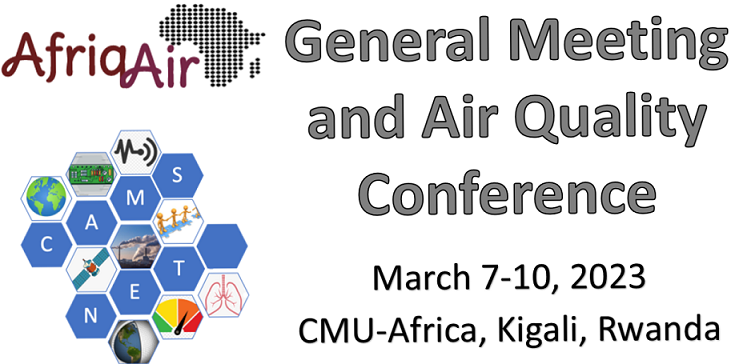Speaker
Description
In this study, data collected from a seven-wavelength aethalometer was used to investigate the levels and patterns of equivalent black carbon mass concentrations in Kenitra, Morocco, a city in North Africa between mid-July 2020 and mid-February 2021. The average concentration of black carbon (BC) was found to be 0.90 ± 0.80 µg/m3, which is lower than the levels typically seen in African and European cities. This lower value may be due to the influence of COVID-19 restrictions. The BC concentrations showed a bimodal pattern throughout the year, with the magnitude of the peaks varying by season. This seasonal variation was linked to changing meteorological conditions and the height and pathways of air masses. During the weekdays, BC concentrations were higher during the day than at night, while slight increases in BC were observed at night on the weekends. Local sources, such as road traffic, were found to be significant contributors to BC concentrations. However, backward trajectories also showed that long-range aerosols from strong maritime activity in the Atlantic region and polluted air masses from populated areas to the west could also contribute to BC concentrations. Overall, BC concentrations typically did not exceed 0.5 µg/m3, which is considered an "urban background level.

